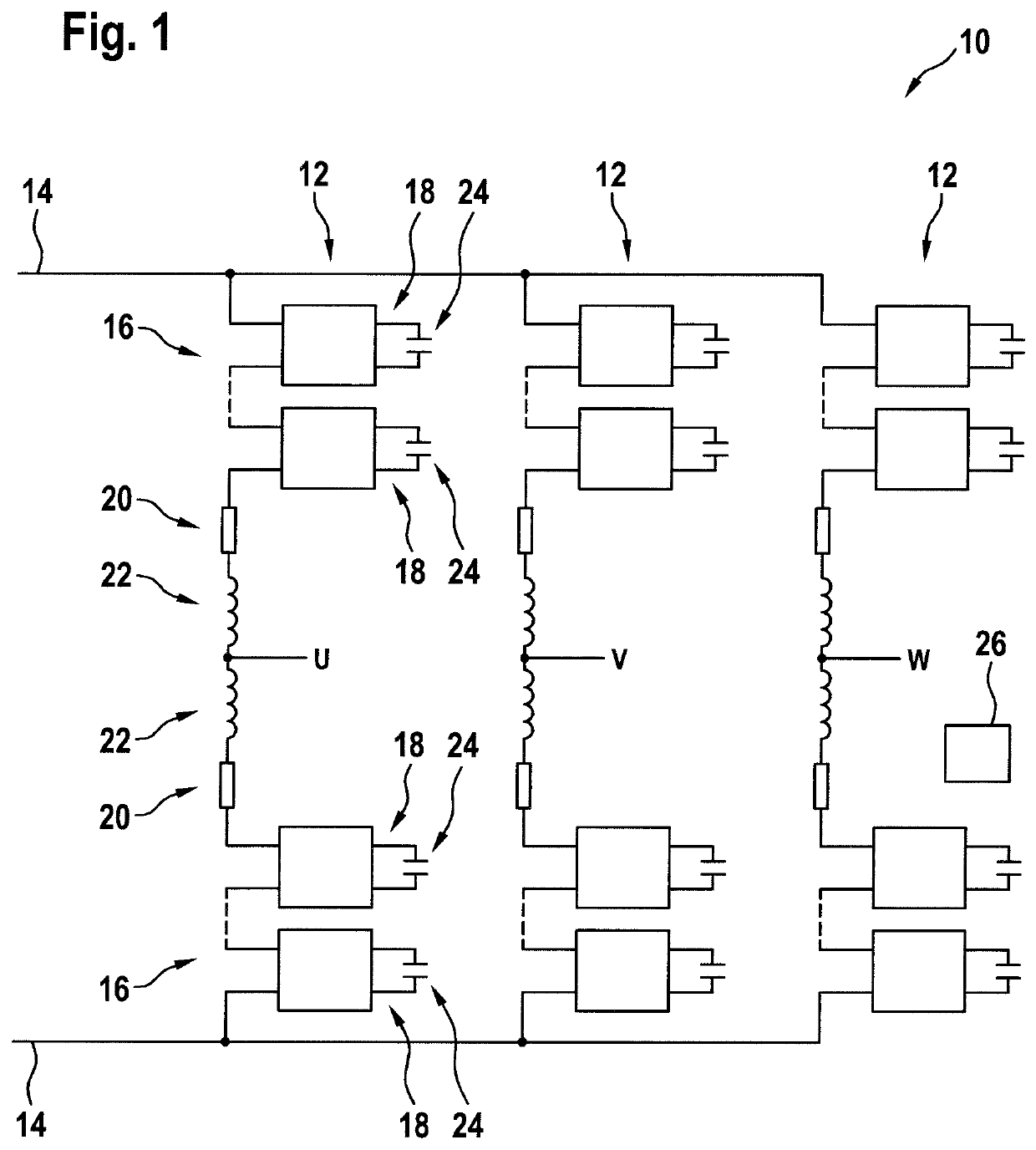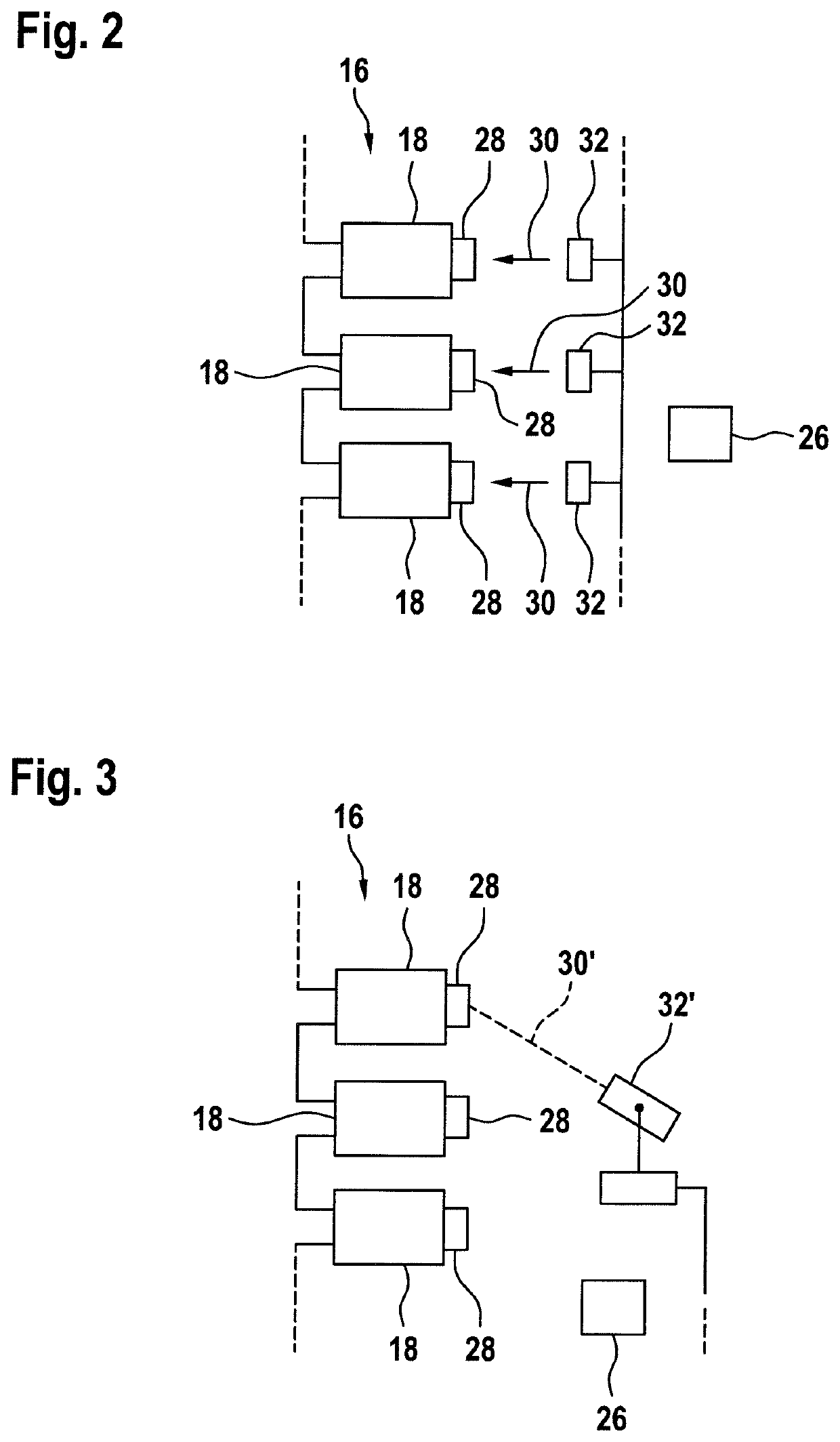Converter cell with integrated photovoltaic cell
a photovoltaic cell and converter technology, applied in the field of converter cells, can solve the problems of labor-intensive maintenance effort, inability to work, and increase complexity, and achieve the effect of reducing the number of light sources and increasing the efficiency of wireless power transfer
- Summary
- Abstract
- Description
- Claims
- Application Information
AI Technical Summary
Benefits of technology
Problems solved by technology
Method used
Image
Examples
Embodiment Construction
[0011]It is an objective of the invention to provide a simple and economic way to supply auxiliary power to a converter cell of a modular converter, in particular in the case, when a cell capacitor of the converter cell is not yet loaded.
[0012]This objective is achieved by the subject-matter of the independent claims. Further exemplary embodiments are evident from the dependent claims and the following description.
[0013]A first aspect of the invention relates to a converter cell for a modular converter. A converter cell may be any device composed of one or more power semiconductor switches, their electrical and mechanical interconnections and optionally a housing for these components. The term “power” here and in the following may refer to converter cells and / or semiconductor switches adapted for processing current of more than 100 V and / or more than 10 A. A modular converter may be composed of a plurality of such converter cells, which may be seen as modules of the converter. The c...
PUM
 Login to View More
Login to View More Abstract
Description
Claims
Application Information
 Login to View More
Login to View More - R&D
- Intellectual Property
- Life Sciences
- Materials
- Tech Scout
- Unparalleled Data Quality
- Higher Quality Content
- 60% Fewer Hallucinations
Browse by: Latest US Patents, China's latest patents, Technical Efficacy Thesaurus, Application Domain, Technology Topic, Popular Technical Reports.
© 2025 PatSnap. All rights reserved.Legal|Privacy policy|Modern Slavery Act Transparency Statement|Sitemap|About US| Contact US: help@patsnap.com



